The confectionery industry demands a combination of creativity, precision, and technological support to keep up with evolving consumer preferences and competitive production needs. Manufacturers looking to maintain efficiency and consistency turn to reliable machinery solutions that simplify their processes while supporting product diversity. The candy equipment featured on this website is designed to meet those exact needs—balancing performance, adaptability, and hygiene for both small-scale producers and industrial manufacturers.
Comprehensive Candy Production Capabilities
From ingredient preparation to final packaging, the machines available on this platform cover every essential stage of candy production. Whether producing milk candy, hard candy, toffee, lollipops, or gummy products, this equipment is built to deliver accurate control and smooth operation.
Cooking systems handle the preparation of sugar solutions, syrups, and milk-based mixtures with precise temperature regulation. These systems support both batch and continuous cooking processes, depending on production scale. The stainless steel construction ensures safety, durability, and cleanliness—key factors for food processing environments.
Depositing and molding lines are used to shape products into uniform forms. These machines can accommodate a variety of molds, including center-filled or multi-color candies, allowing manufacturers to adjust their output based on seasonal demands or product variations.
Forming machines are engineered to roll, cut, or shape candy into specific geometries, such as bars, pillows, or balls. These systems work efficiently in synchronization with cooling tunnels or conveyors to maintain product integrity and prevent sticking or deformation.
Cooling conveyors and tunnels play a vital role in setting candy after shaping. Proper cooling ensures the final texture and appearance meet quality expectations, while preventing issues like warping or moisture retention.
Wrapping and packaging units offer multiple styles of wrapping, such as twist wrap, pillow wrap, and roll wrapping. These machines enhance shelf life and appearance while supporting different marketing or branding needs.
Key Features and Design Considerations
The machines featured are built with long-term operation and flexibility in mind. Here are several important design characteristics that contribute to reliable performance:
Food-grade materials: All equipment is constructed using stainless steel and non-toxic components suitable for food production.
PLC control systems: Touchscreen interfaces allow operators to adjust temperature, speed, and other key parameters with ease.
Flexible configuration: Machines can be customized or expanded based on specific production line layouts and output targets.
Energy efficiency: Built-in features help conserve energy during heating, cooling, and mechanical operation, which can reduce operating costs.
Hygienic structure: Components are designed for easy disassembly and cleaning, minimizing the risk of contamination and saving time during changeovers.
These features are especially important for manufacturers that handle multiple recipes or adjust production volumes frequently.
Supporting Diverse Production Needs
The wide variety of machines available makes it possible to tailor a complete solution for many types of candy production. For example, manufacturers focusing on milk-based sweets can use cooking systems specifically calibrated for dairy ingredients, paired with forming machines and wrapping units designed for soft textures. Alternatively, hard candy producers may prefer high-temperature cookers, rotary formers, and continuous cooling lines that stabilize the product quickly and efficiently.
For companies looking to innovate or test new formulations, many machines are also available in smaller-scale models. These versions are ideal for product development, sample production, or limited-run offerings.
Reliability and Service Life
Durability is a key consideration in the design of all machinery on this site. Reinforced frames, precision components, and stable motors contribute to long-term performance. Many parts are modular and interchangeable, reducing downtime and simplifying maintenance. Operators can conduct regular servicing with minimal tools, and technical documentation is provided to assist with troubleshooting or calibration.
Routine wear parts are easily replaceable, and machine adjustments can be performed without specialized training. This focus on usability ensures that teams can respond to production needs without requiring frequent external support.
Tailored Support and Installation
Each machine includes setup instructions and can be adapted to the client’s specific plant layout. Technical guidance is available to support initial installation, and ongoing support can be arranged for maintenance or upgrades. In addition to manuals and diagrams, video tutorials and operation training can be provided upon request.
For customers who require integrated lines, consultation services help combine the right machines into a cohesive workflow—taking into account ingredient properties, desired output, space constraints, and production goals.


 ENG
ENG
 English
English 中文简体
中文简体 русский
русский Français
Français Español
Español عربى
عربى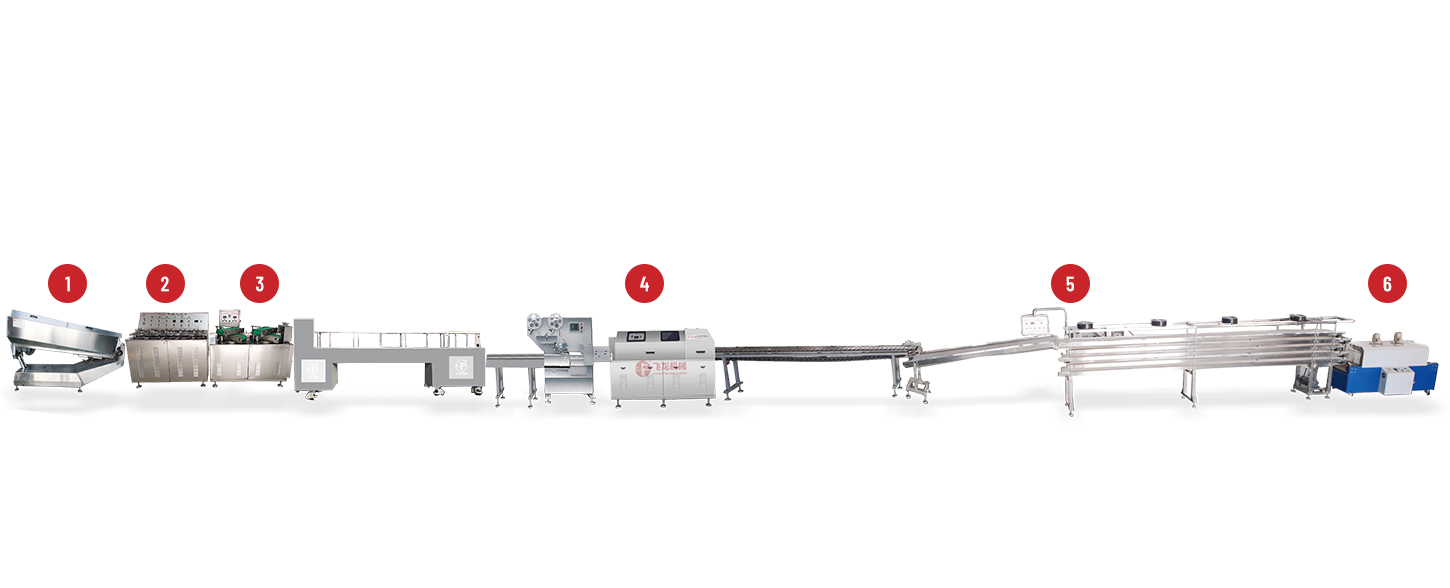
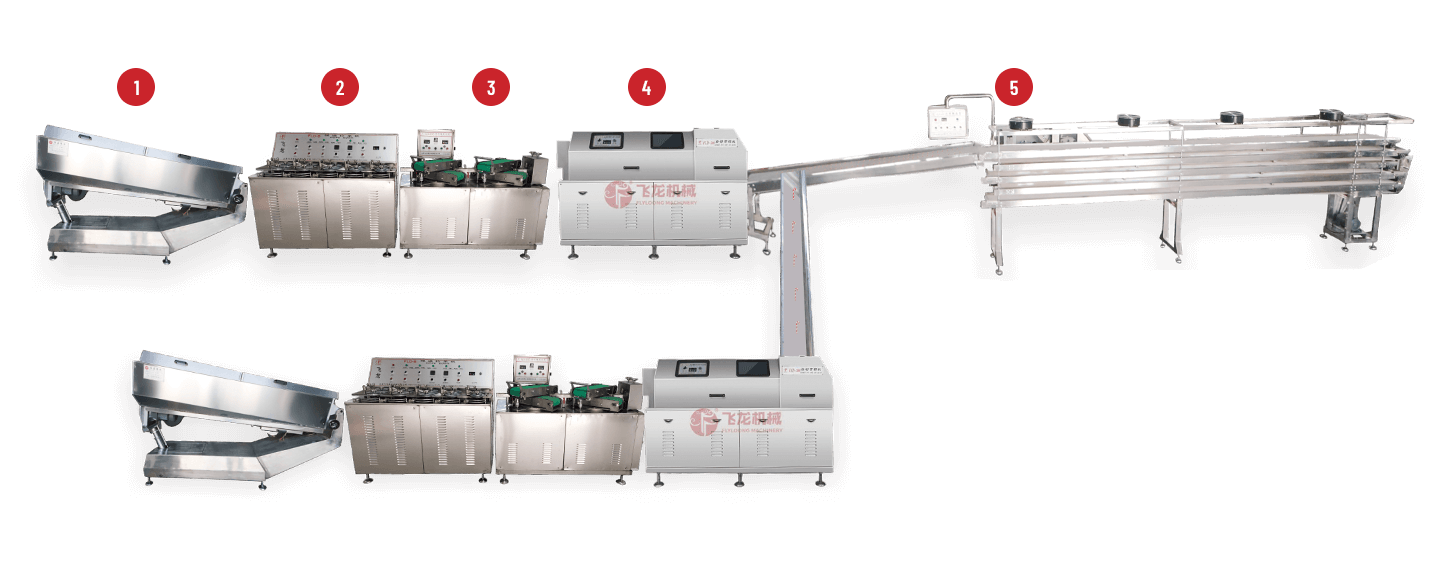
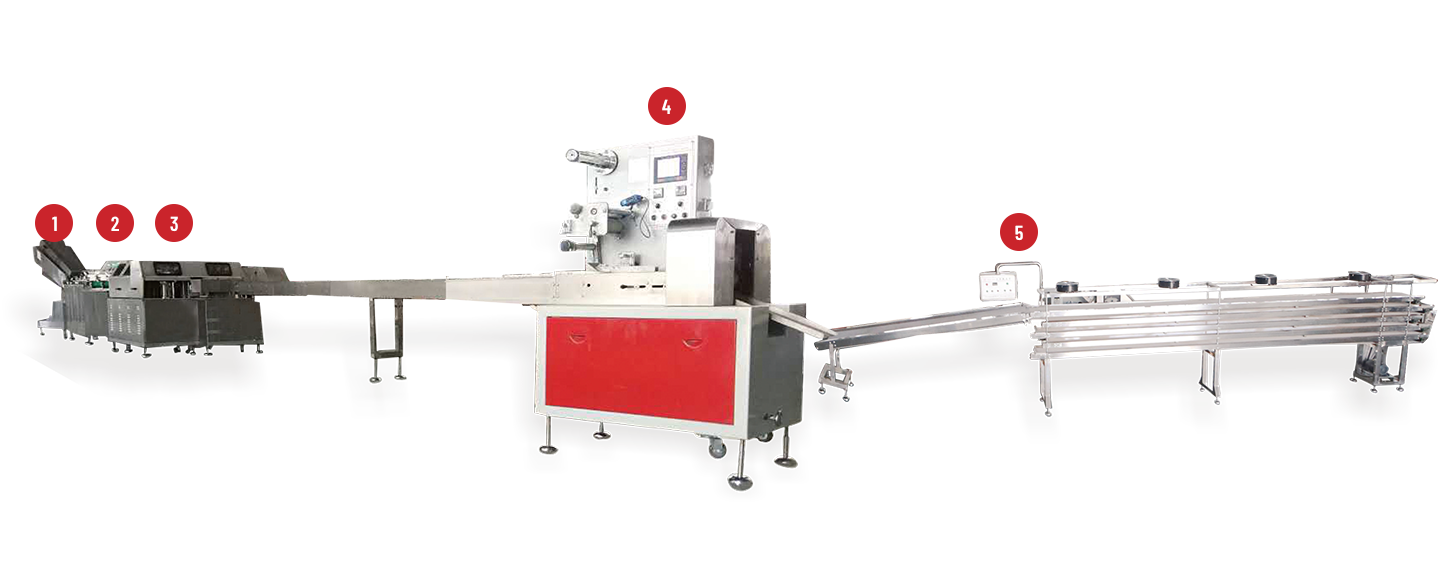
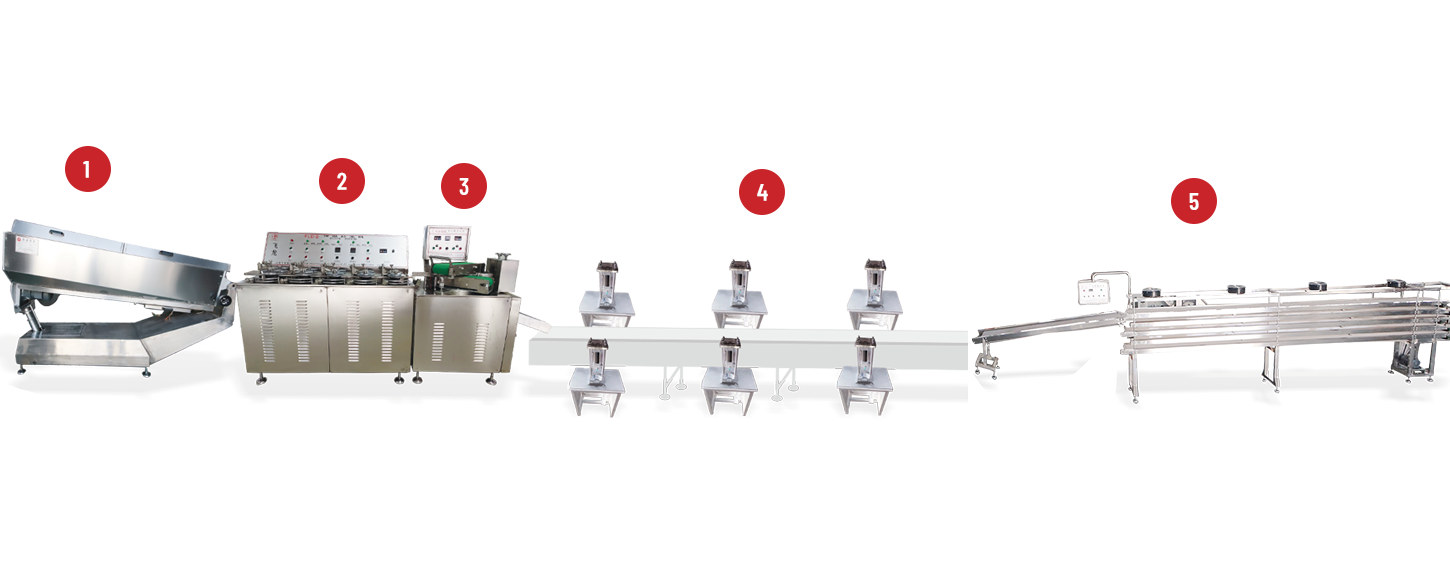
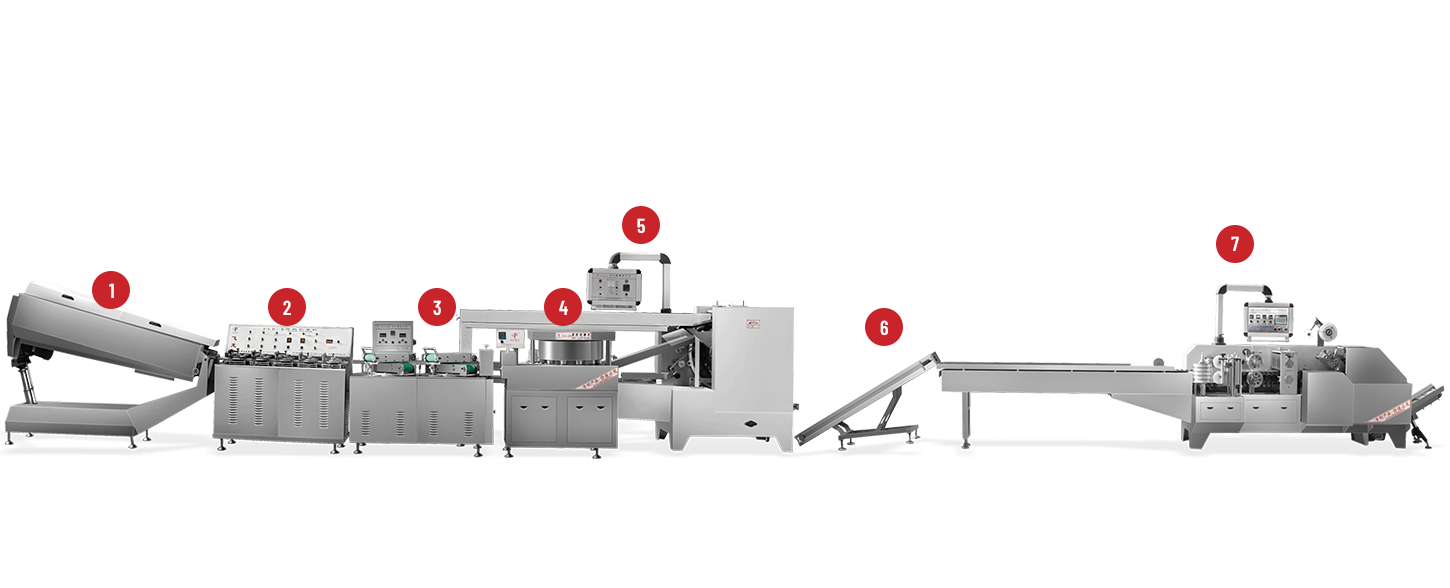
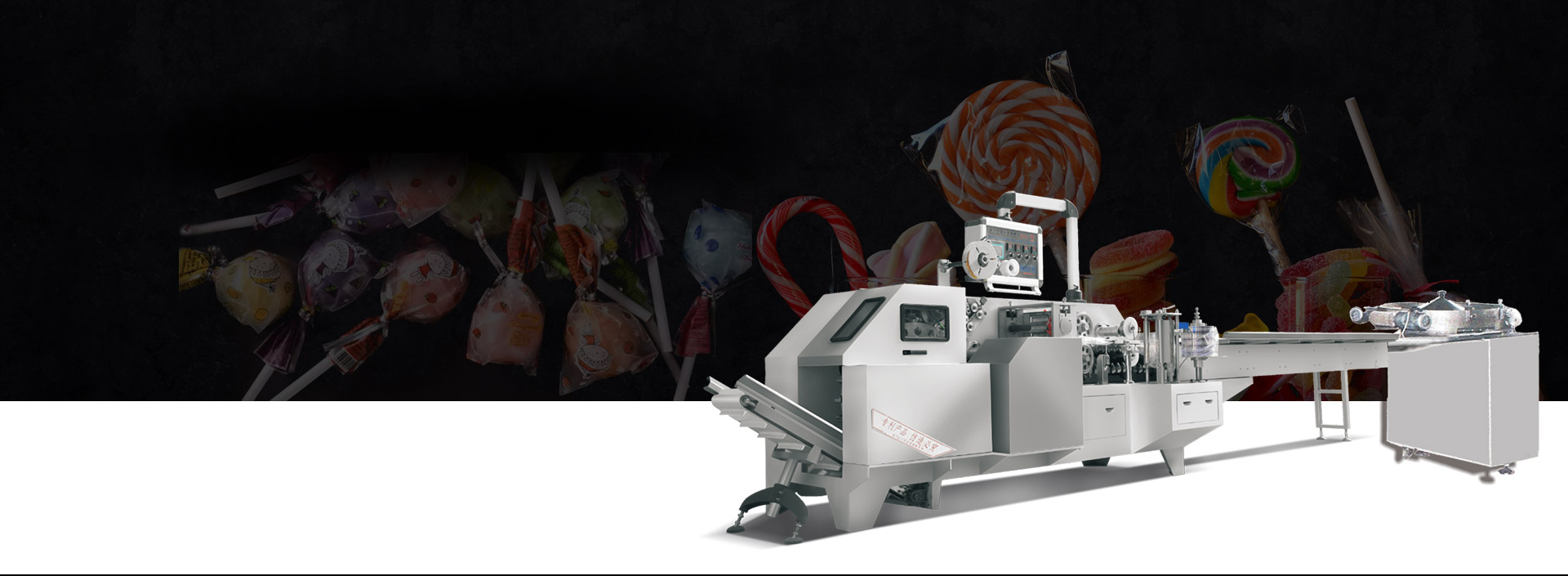
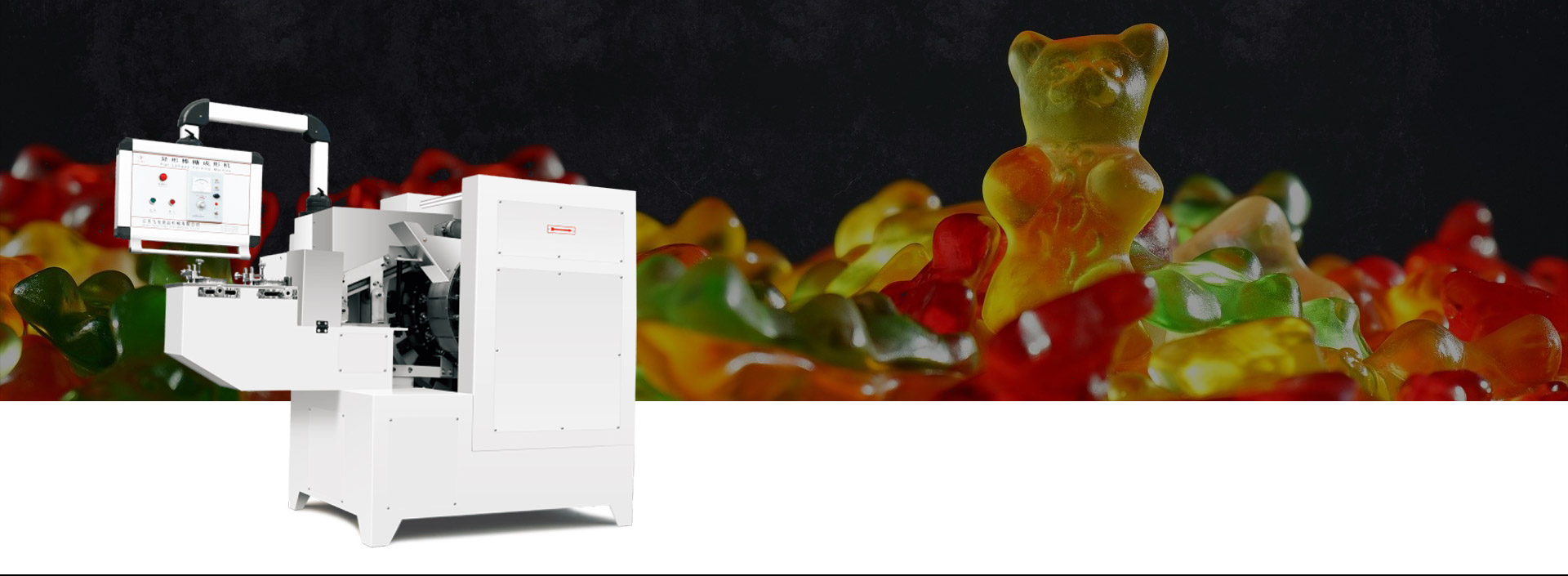
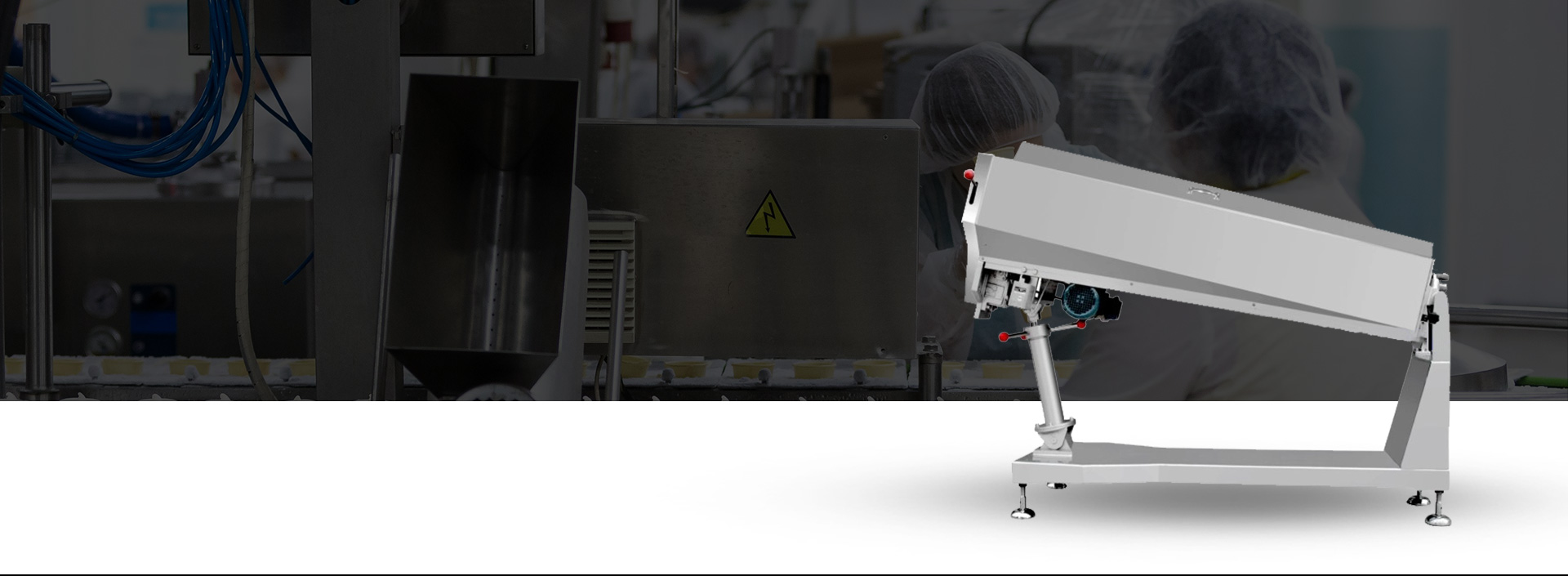
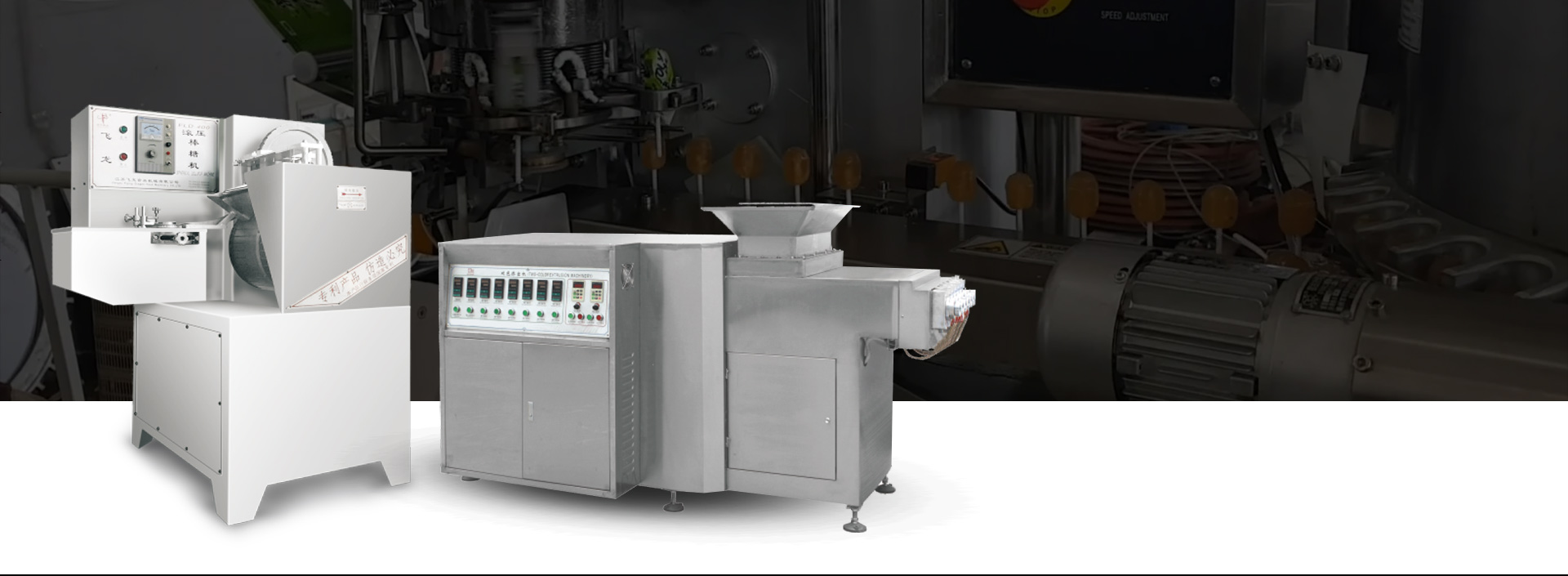
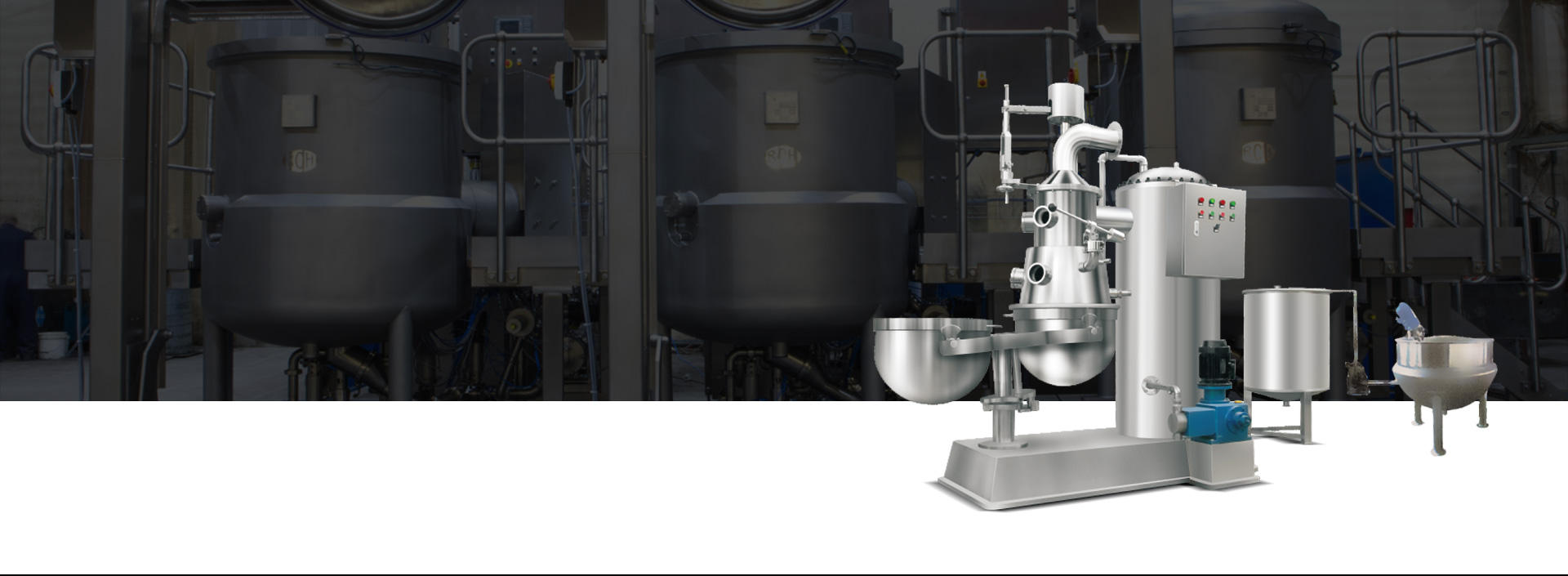

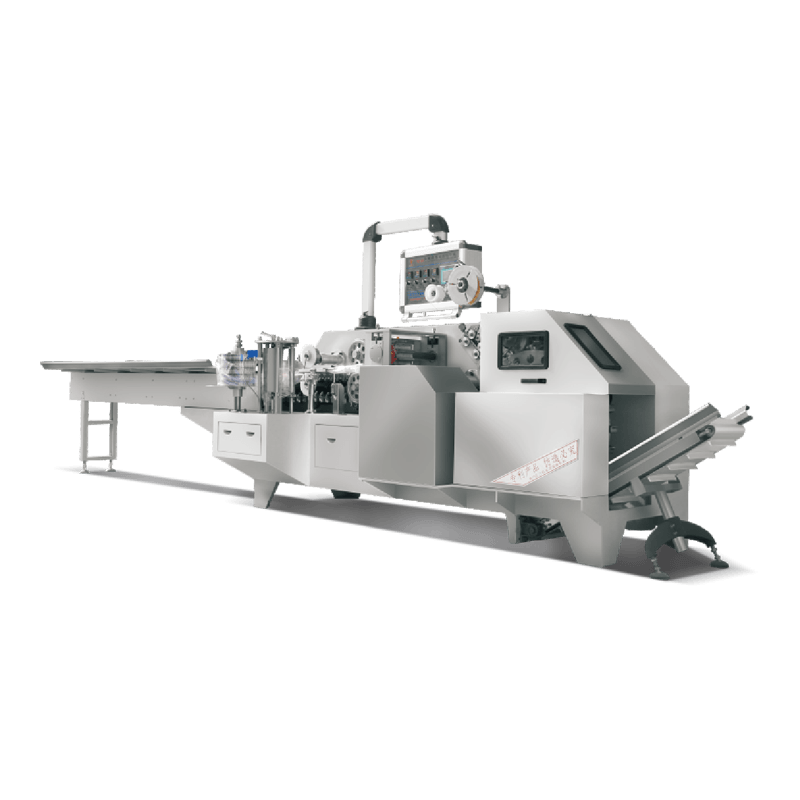
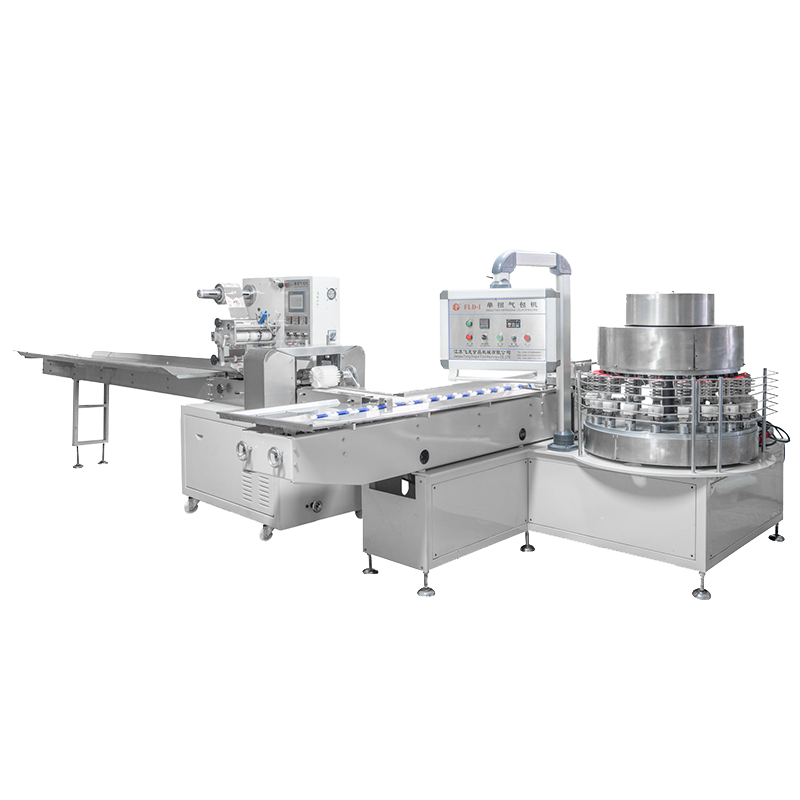
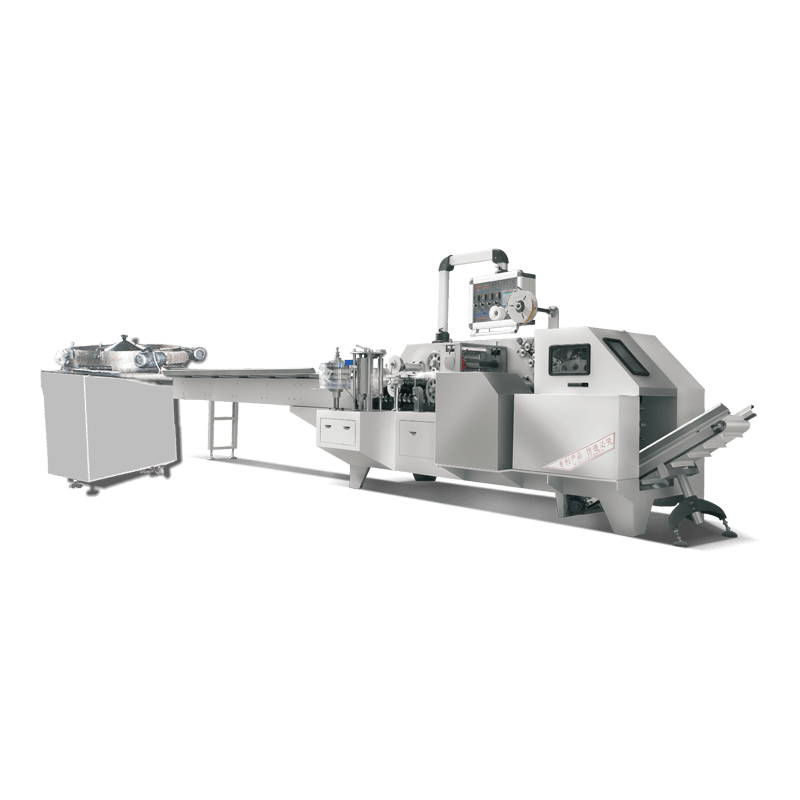
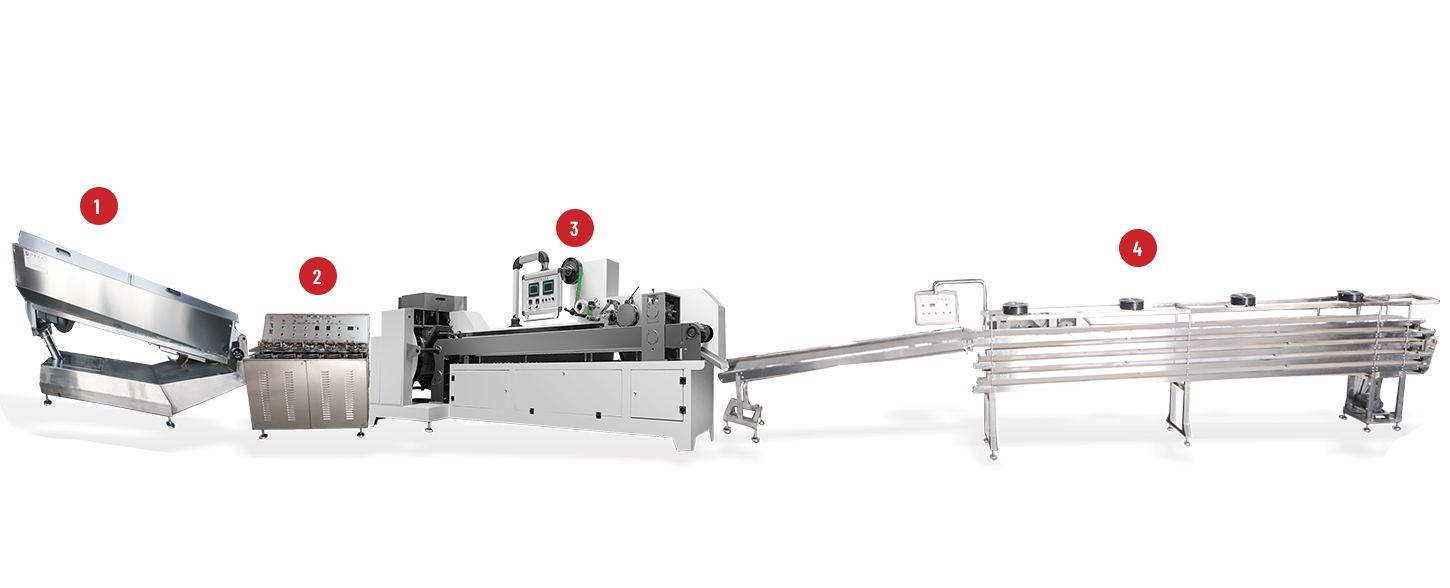
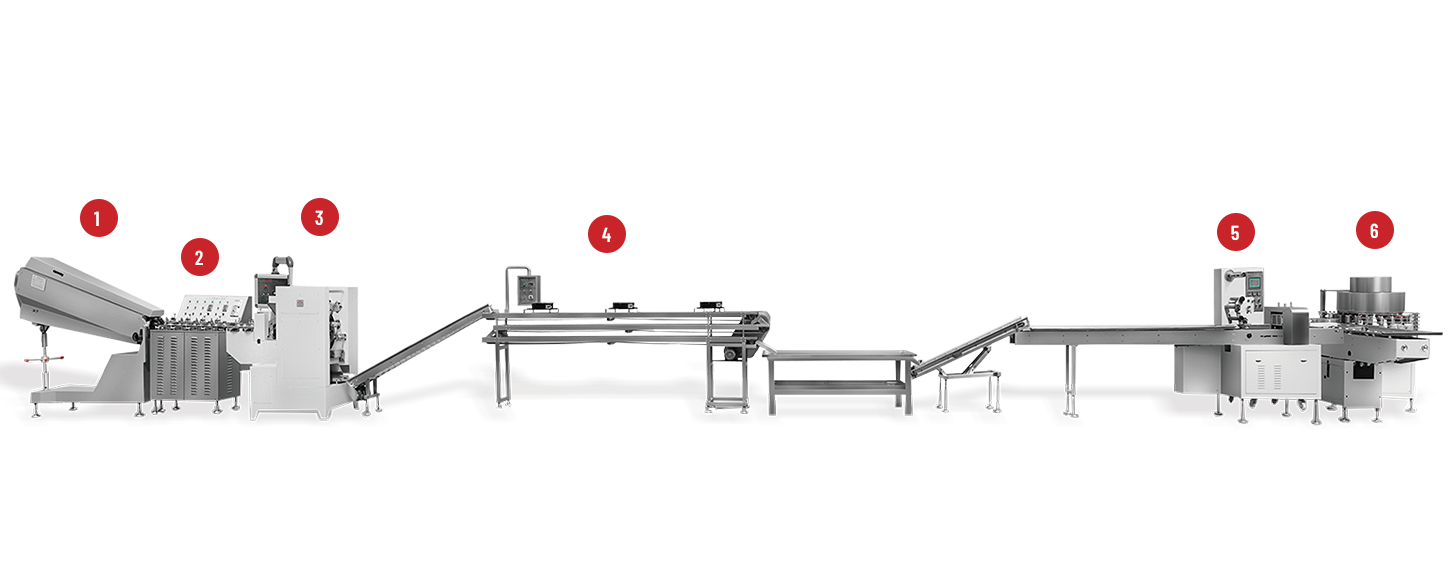
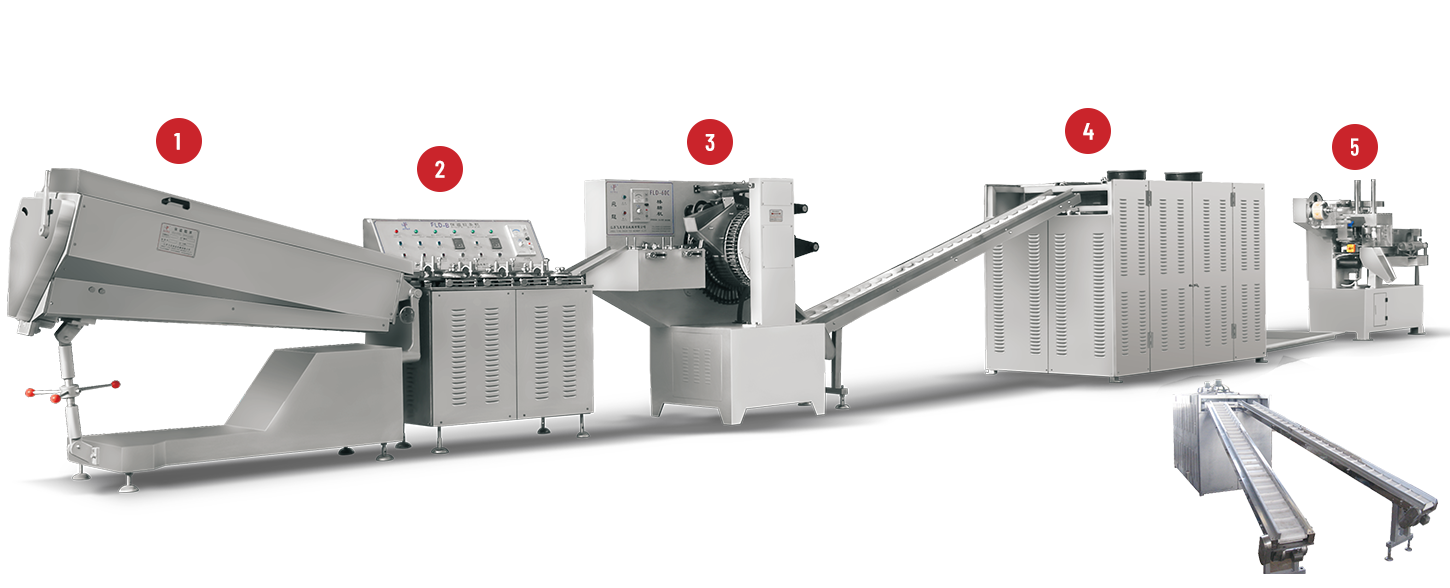
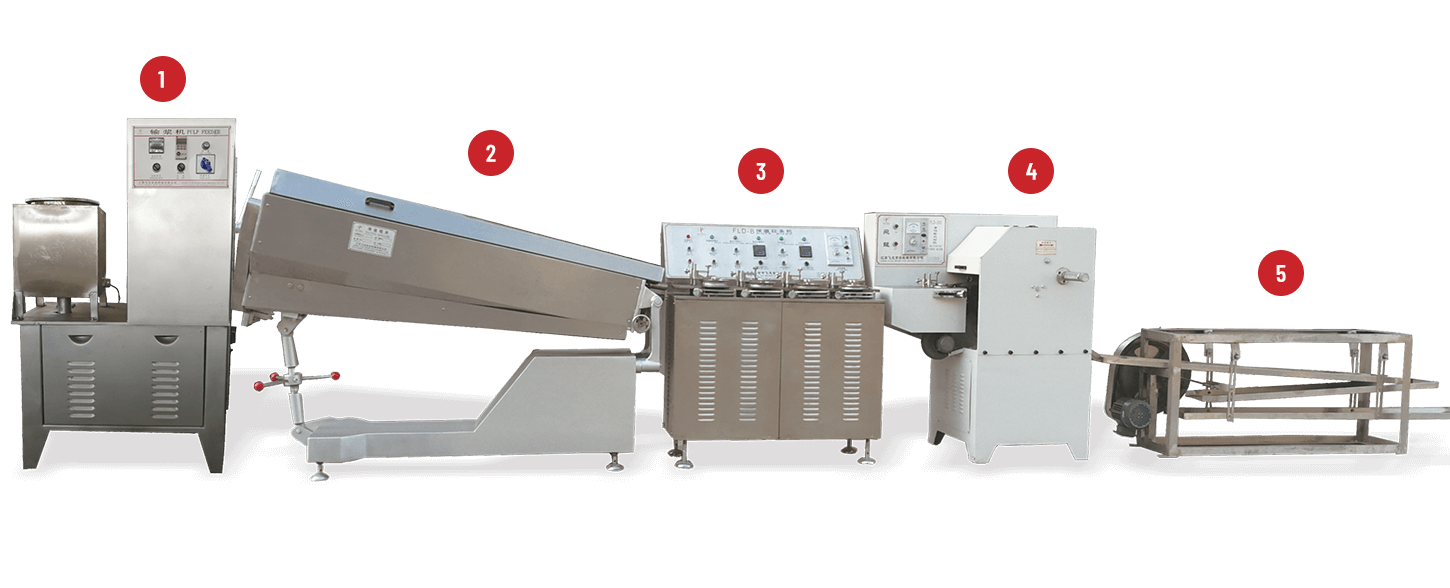
 +86-(0)515-8465666
+86-(0)515-8465666 +86-(0)515-85566996
+86-(0)515-85566996 +86-138 1559 9708
+86-138 1559 9708 flyloong@flyloongcn.com
flyloong@flyloongcn.com 
 Home
Home